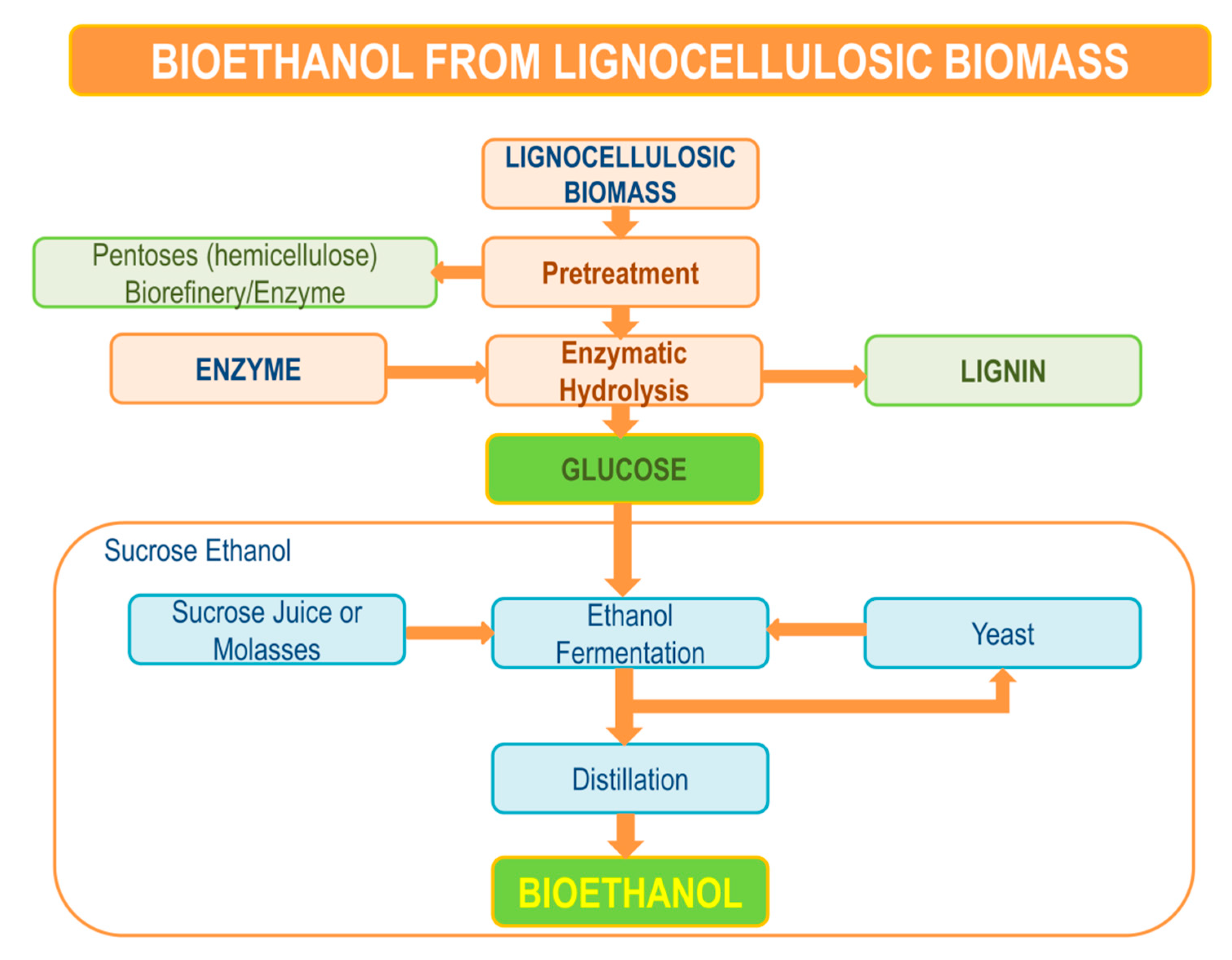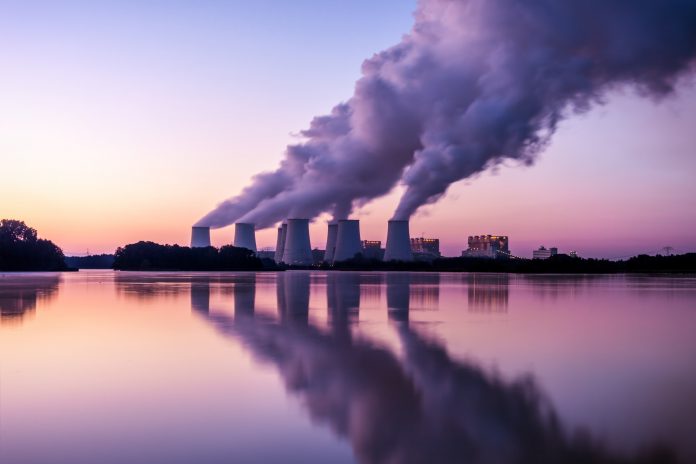Finding a way to close the carbon cycle is crucial in our steps towards a greener planet; researchers believe that filtering out petroleum and utilizing other options like biofuels can help reduce our CO2 emissions
The amount of total carbon on planet Earth is finite, but the amount of carbon dioxide in the atmosphere is determined by large fluxes of carbon. Fluxes are the exchange of elements between elemental states – a prime example of a flux of critical interest is between underground carbon stores in the form of liquid oil and solids in the form of coal being released into the atmosphere as gaseous carbon dioxide when they are burned.

Carbon dioxide, a greenhouse gas, has the quality of trapping heat in the environment from the sun, leading to global warming as well as causing harm to mammalian life by inhalation, which can lead to adverse health effects. Unlike other greenhouse gasses, carbon dioxide has a residence time of 300-1000 years. This means that after carbon dioxide is released, it remains in the atmosphere for many human lifetimes and will remain there unless it is actively removed.
Petroleum combustion
Petroleum combustion is often done for two reasons. The first is as a fuel used in both stationary sources, like industry and buildings, and mobile sources, like in cars. Plastics are another major product of the petroleum industry. The value of plastic in modern society is high and has a wide range of uses, including single-use plastic utensils, which saw a production rise during the COVID-19 pandemic, and plastic medical implants, where the uniquely flexible and durable nature of the material is of great importance. In order to continue to provide modern essentials like these while preserving environmental health, it is critical to look towards comparable alternatives that do not contribute to the additional flux of carbon dioxide into the environment. Bacteria may hold the answer.
Bacteria-generated bioplastics and biofuels
Bacteria-generated bioplastics and biofuels are interesting potential alternatives while offering an additional benefit: a closed carbon loop. Compared to traditional petroleum processes that result in large quantities of greenhouse gas production without subsequent carbon capture, some bacteria that make bioproducts have the ability to do so by consuming carbon dioxide from the environment and transforming it into fuels and plastics. These bacteria generate what is called a closed carbon cycle, where the carbon dioxide released into the atmosphere during combustion or degradation is re-collected and made into the bioproducts.

Photoautotrophs are bacteria that use the energy of light to fix carbon dioxide into biomass and bioproducts. An example of such a bacterium is Rhodopseudomonas palustris TIE-1 that can use carbon dioxide and, in turn, generate biofuels and bioplastics. Large-scale implementation of this approach offers a means to control the amount of greenhouse gas in the atmosphere.
Current bioplastics and biofuels have the potential to serve as plastic and fuel alternatives due to their relatively similar properties. To be a reliable alternative, biofuels must be capable of utilization in modern engines with minimum or no redesign. Presently, two bacteria-generated biofuels hold high potential in large-scale use and replacement.
Bioethanol vs Ethanol
Ethanol is a product generated by processing starch-based crops, commonly corn. Bioethanol is made from similar processes, but is unique in that it is a component of lignocellulosic processing where chemicals and bioproducts are made from plant waste. Whereas traditional ethanol production requires many chemicals and pretreatments, some engineered microbes have been found to degrade plant waste without required pretreatment, potentially saving time and money.

n-butanol vs gasoline
n-butanol is a biofuel that can be produced by bacteria natively and through genetic engineering. It has an octane number of 96 which is a number similar to the highest quality gasoline with octane numbers ranging from 91-94. Because of its excellent fuel properties it may play a large role as a fuel in the future, although relatively low production rates at present are a challenge to overcome.
Polyhydroxybutyrate (PHB) vs Polyethylene (PE) and Polypropylene (PP)
Polyhydroxybutyrate has physical properties similar to polyethylene (PE) and polypropylene (PP). PE and PP comprise the highest proportion of plastic on Earth and are often used in single-use items. Therefore, PHB is a bioplastic of particular interest in terms of navigating plastic waste and generation.

Despite these similarities, it is true that more research and development is needed to make (bio)products competitive to their petroleum counterparts.
Both bioplastics and biofuels degrade or combust to carbon dioxide, which can be recaptured and fed to bacteria for processing and transformation back into bioproducts. In looking at photoautotrophic bacteria capable of transforming carbon dioxide into bioproducts, we can generate a closed carbon cycle and meet the global demand for renewable fuels and plastics.








